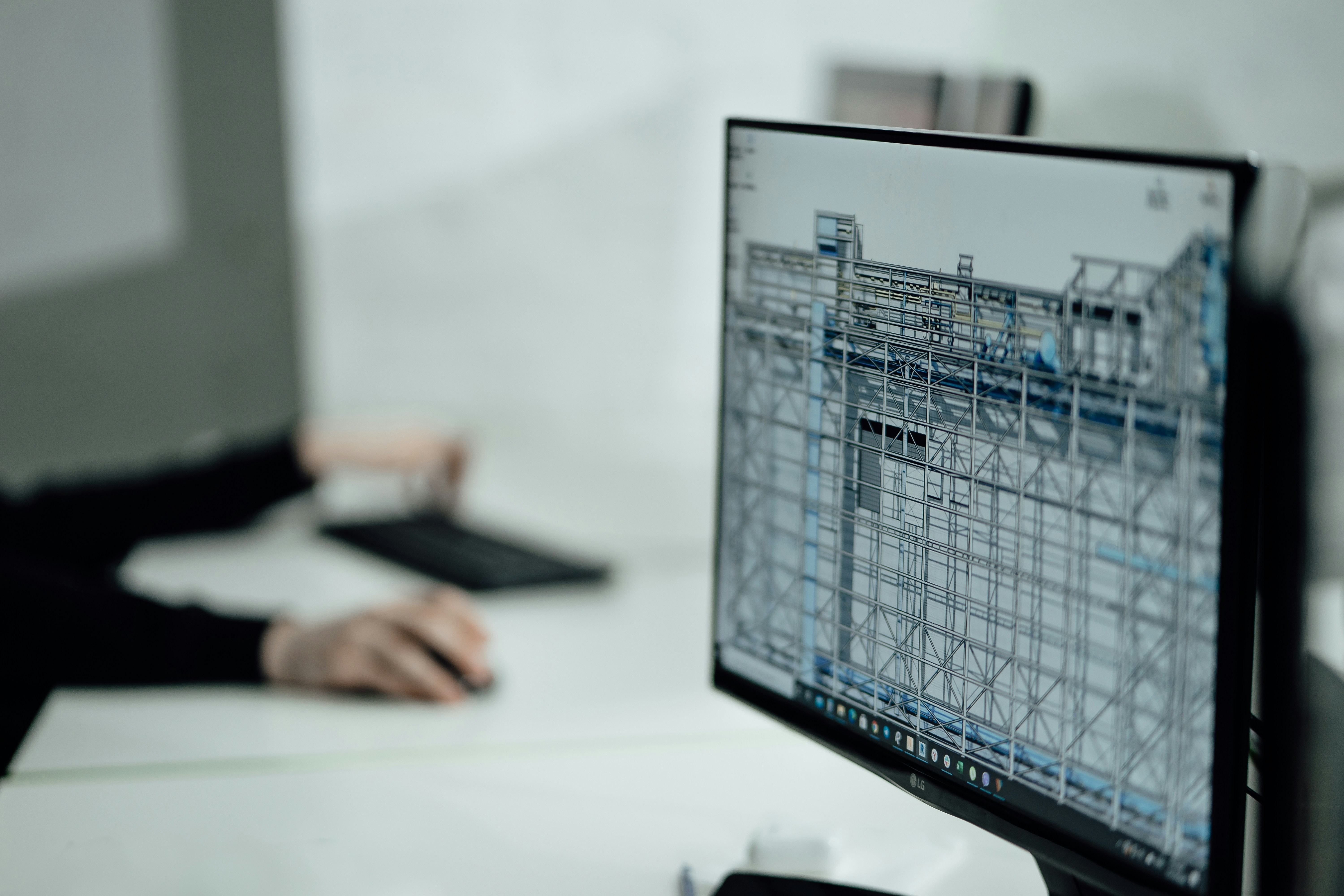Time Zone Advantages: How Overnight Drafting Accelerates Project Delivery
In today’s fast-moving construction and design industry, speed and accuracy are not optional—they are expected. One of the most effective strategies firms use to stay ahead is leveraging overnight drafting services and 24-hour CAD support. By outsourcing across time zones, projects move continuously without the bottlenecks of a standard 9-to-5 workflow.
The Importance of 24-Hour CAD Support
According to McKinsey, construction projects typically run 20% longer than scheduled and up to 80% over budget. A significant portion of delays comes from slow documentation workflows and coordination lags. Time zone outsourcing addresses this inefficiency by turning global differences into productivity gains.
- Day shift (local team): Design development, markups, and client coordination.
- Night shift (offshore team): Drafting, detailing, and CAD revisions while the local team rests.
This cycle ensures that projects move forward 24/7 without downtime.
Insight: Firms that adopt overnight drafting models report up to 40% faster project delivery and improved client retention.
A 24-Hour Project Timeline Example
To understand the impact, let’s model a real-world 24-hour workflow for a mid-rise residential project:
- 8 a.m. – 6 p.m. (Local Office): Architects meet with clients, finalize layouts, and provide redline markups.
- 6 p.m. – 2 a.m. (Offshore Drafting Team): Implement CAD updates, develop construction documents, and prepare files.
- 2 a.m. – 8 a.m. (Overlap): A short overlap window allows clarifications before the local team logs in.
- Next Morning (Local Team): Updated drawings are ready for immediate review and client submission.
This eliminates the overnight idle period that typically halts progress.
Communication Protocol Across Time Zones
Effective communication is the backbone of round-the-clock work. To ensure seamless handoffs, firms rely on structured protocols:
- Shared Platforms: Cloud-based tools like BIM 360 or Trello keep tasks transparent.
- Markup Consistency: PDF redlines or annotated CAD files ensure clarity.
- Daily Overlap Window: Two-hour overlaps allow real-time clarifications.
- Documentation Logs: Every handoff includes a record of completed and pending tasks.
Data Insight: Structured communication reduces project risks by up to 28% (PMI study).
Streamlined Project Handoff Procedures
Successful round the clock drafting depends on disciplined handoff processes. A strong handoff includes:
- Updated CAD files in agreed formats (DWG, RVT, PDF)
- A prioritized task list with deadlines
- Highlighted urgent revisions vs. long-term updates
- Issue tracking logs for accountability
Standardizing these steps minimizes rework and improves coordination.
Emergency Support Capabilities
Not all project schedules go as planned. Having 24-hour CAD support provides firms with an emergency safety net:
- City permit comments addressed overnight for same-day resubmission.
- Last-minute client design changes completed before morning meetings.
- Developers meet investor deadlines with updated drawings delivered in hours, not days.
Industry Stat: 67% of firms report that overnight drafting improved their ability to respond to emergencies (BD+C, 2023).
Case Study: Rush Project Delivered Ahead of Schedule
Background: A developer required a complete permit set for a 200-unit residential project in five days. Normally, this would take 8–10 days under a single-shift workflow.
Approach:
- The client’s in-house team produced schematic layouts during the day.
- Our overnight drafting services developed detailed CAD drawings during the night.
- Daily overlap calls clarified design intent and eliminated miscommunication.
Outcome:
- The permit set was completed two days early.
- Early approvals allowed construction to begin sooner.
- The client saved an estimated $50,000 in holding costs by reducing delays.
Industry Data: Competitive Advantage of Overnight Drafting
- 40% faster delivery: 24-hour drafting cuts timelines dramatically (ENR).
- 30% higher client satisfaction: Faster iterations improve responsiveness.
- 25–40% cost savings: Outsourcing reduces overhead compared to local staffing.
- Global adoption: 60% of top 100 AEC firms use offshore drafting or BIM support.
Applications of 24-Hour CAD Support
- Permit Drawings: Fast turnaround for approvals.
- Design Development: Iterative updates aligned with feedback.
- Construction Documents: Overnight detailing keeps momentum.
- As-Built Drawings: Documentation while on-site teams stay focused.
Emerging Trends in Time Zone Outsourcing
- Integrated BIM Workflows: Real-time collaboration through cloud BIM platforms.
- AI-Assisted Drafting: AI tools reduce repetitive drafting tasks.
- Flexible Outsourcing Models: Hybrid setups balance local and offshore capacity.
- Client-Facing Transparency: Dashboards showing overnight progress in real-time.
Insight: Firms using these trends report faster iterations and stronger client trust.
Conclusion
Overnight drafting services and 24-hour CAD support transform time zone differences into a competitive advantage. Firms adopting this model achieve:
- Faster project delivery
- Improved client satisfaction
- Reduced risks via structured handoffs
- Emergency readiness under tight deadlines
Key Takeaway: Time zones aren’t barriers—they are opportunities. For AEC firms, adopting an overnight drafting workflow is no longer optional, it is a necessity to stay competitive.
Found this helpful? Share it:
